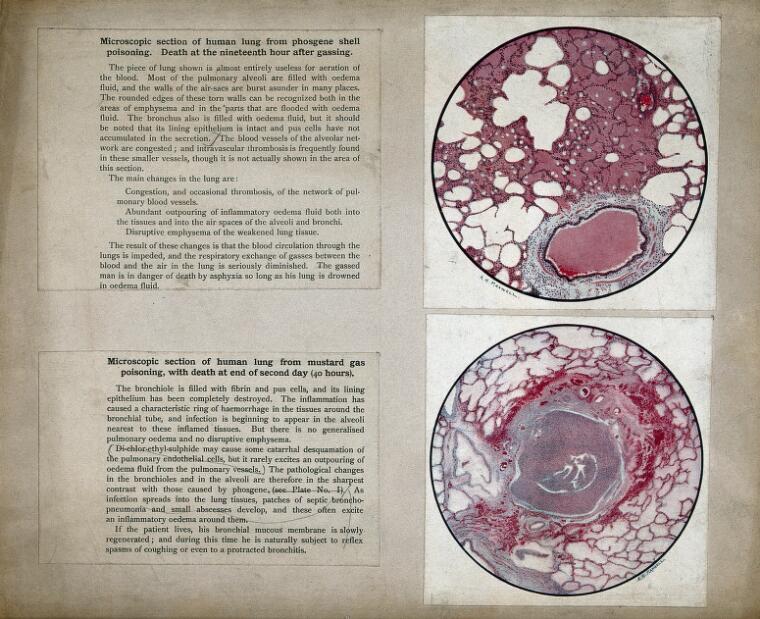HISTORICAL ASPECTS
In this section we trace the earliest origins of cancer as a disease and more specifically of lung cancer, although there is not abundant material about the historical evolution of lung cancer. We also explore the history of the origins of tobacco which is much richer in content.
3000-1500 BC
The oldest description of human cancer was found in an Egyptian papyri written between 3000-1500 BC. It referred to tumors of the breast.

Translation of the Edwin Smith Papyrus
Translation of the Smith Papyrus Courtesy University of Chicago 014b
In case #45 a Bulging Tumors on the Breast is described
The oldest specimen of a human cancer was found in the remains of a female skull dating back to the Bronze Age (1900-1600 BC).
Hippocrates (460-377 BC), a Greek physician, was the Father of Medicine and was the first to recognize the difference between malignant and benign tumors.
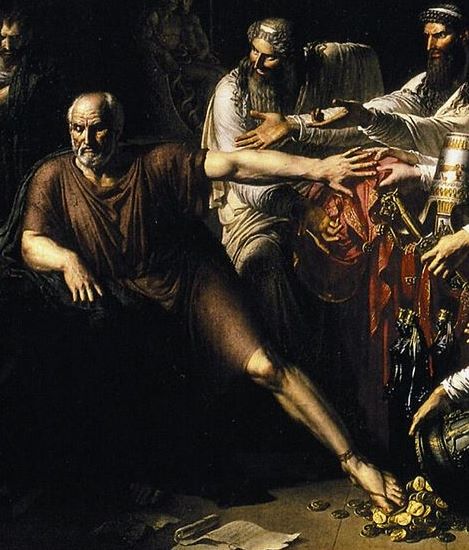
He named the malignant type ?karkinos,? meaning crab, because the blood vessels surrounding malignant tumors resembled crabs.
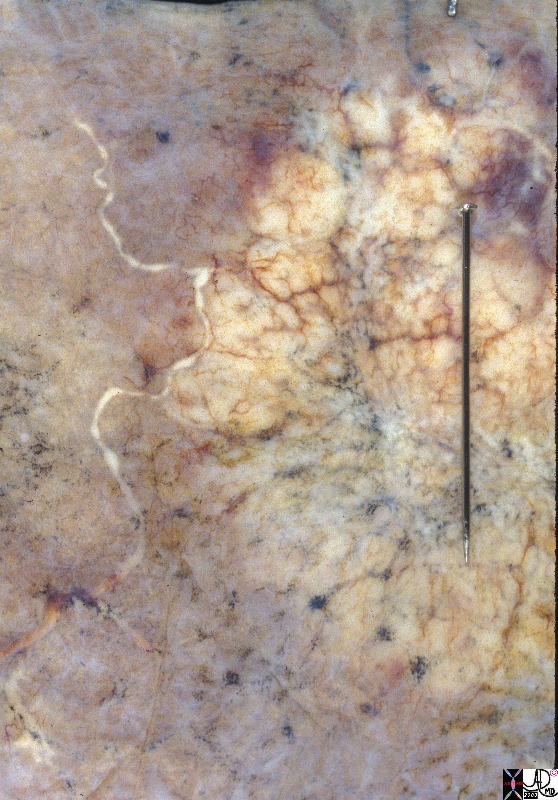
TheCommonVein.net 32317
- Hippocrates proposed that cancer was
-
- systemic (?humoral?) disease,
- affecting the whole body, and therefore
- cure could only be accomplished by approaching the disease at a systemic and holistic approach
- systemic (?humoral?) disease,
-
Celsus (30 BC – 50 AD) (Hadju)
-
-
- Roman physician and philosopher
- mentions breast cancer.
- enlarged axillary lymph nodes
- recommends not removing the pectoralis major muscle
- Roman physician and philosopher
-
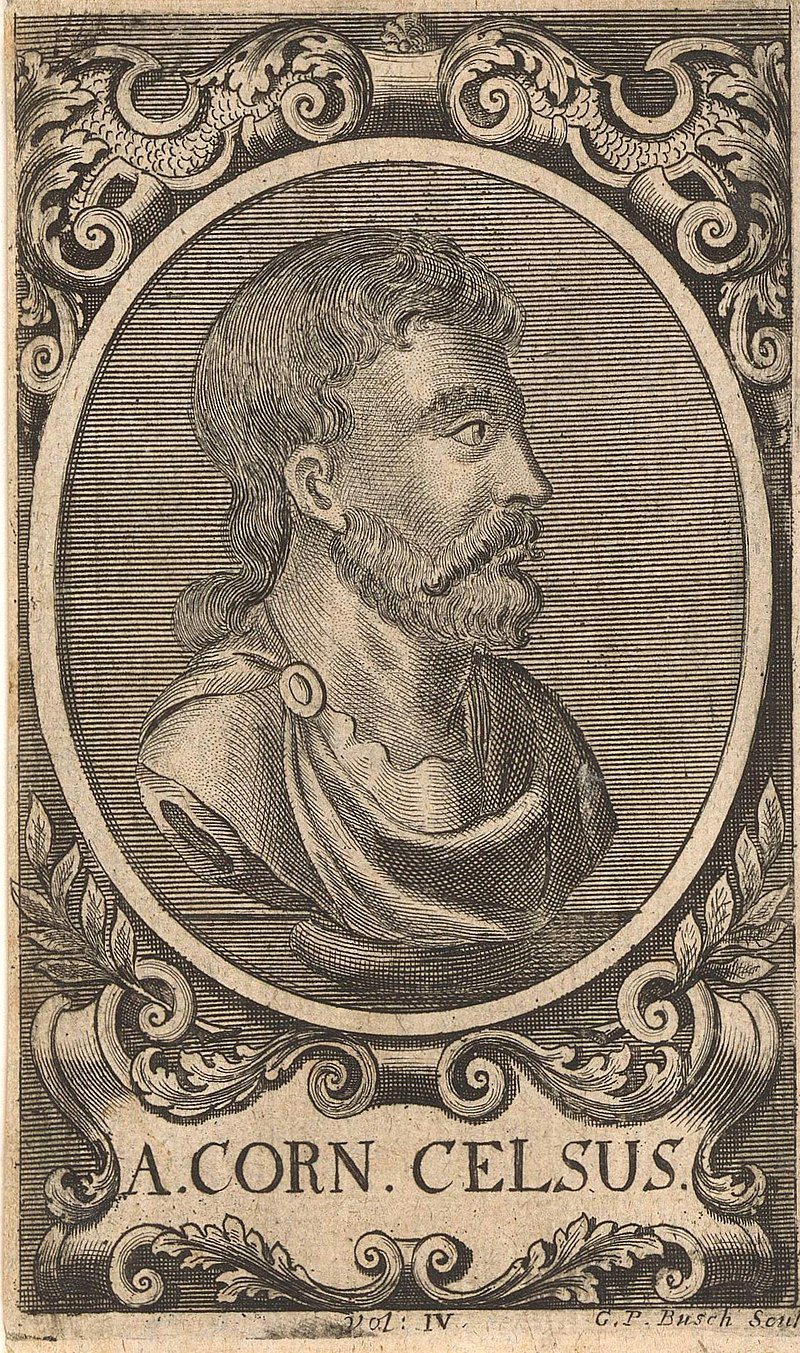
Portrait of Celsus
Wiki Georg Paul Buschweb-historical-016.jpg
De Medicina is a 1st-century medical treatise by Aulus Cornelius Celsus
1528
Aulus Cornelius Celsus – Available in the BEIC digital library
-
Galen (129-210AD )was acutely aware of the disease and insightfully identified it as an incurable disease. He thought it was caused by an excess of black bile
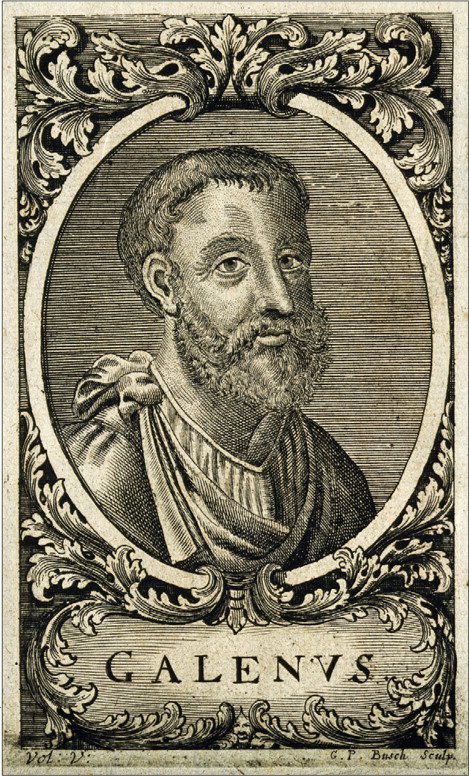
.Public Domain
Morgagni (1682-1771), an Italian anatomist and pathologist from Padua, gained some insight by pioneering post mortem study.
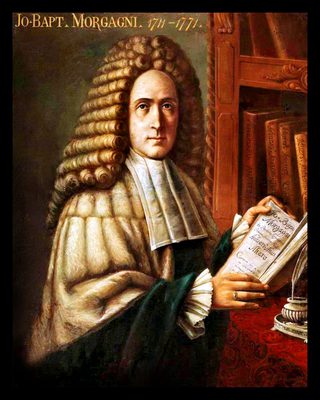
The Rockefeller University Digital Commons
Giovanni Battista Morgagni (1682-1771), Italian physician and anatomist, by unknown artist University of Padua, Italy
- Educated in Bologna
- chair of Theoretical Medicine in Padua,
- “father of modern anatomic pathology”.
- text of 1761,
- De Sedibus et Causis Morborum per Anatomem Indagatis,
- integration of pathologic findings with
- clinical findings of 646 patients,
- including a lung tumor.
- De Sedibus et Causis Morborum per Anatomem Indagatis,
In the 17th and 18th century many thought cancer was caused by a parasite, and was contagious.
Sir John Percivall Pott (1714-1788) a British surgeon described cancer in chimney sweepers and ascribed carcinoma of the scrotum to the accumulation of soot in the body. This landmark observation was the first identification of environmental factors as a cause of cancer.
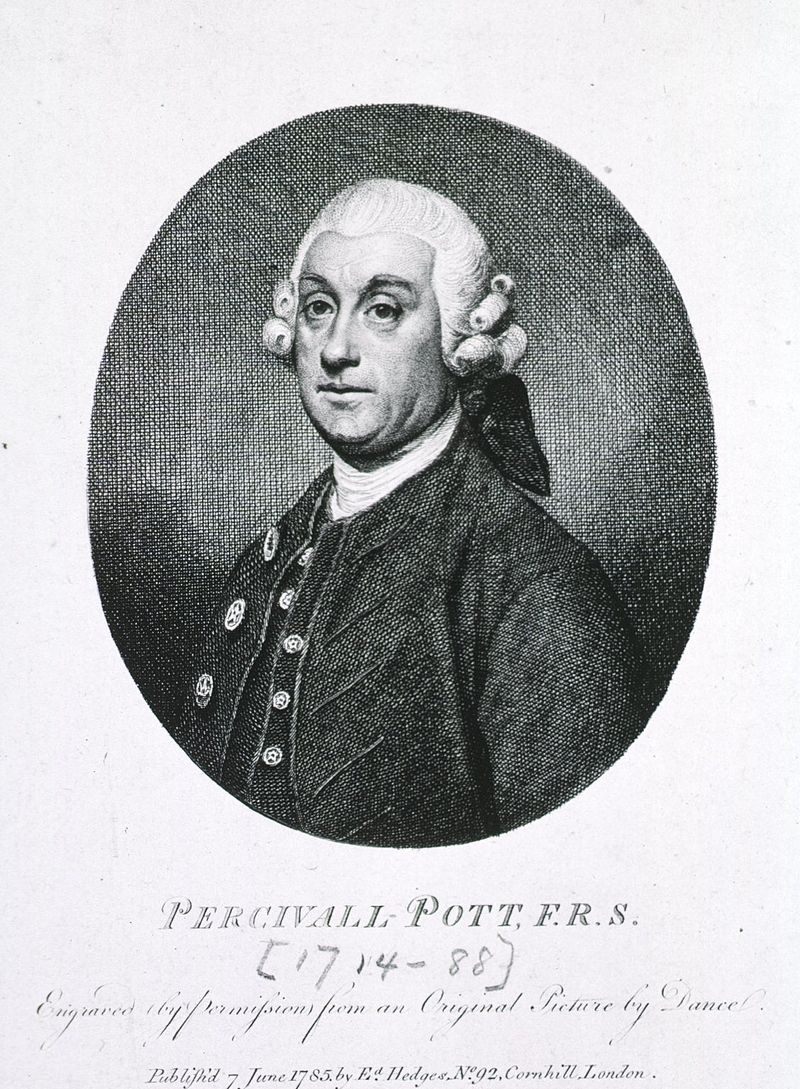
Wiki.
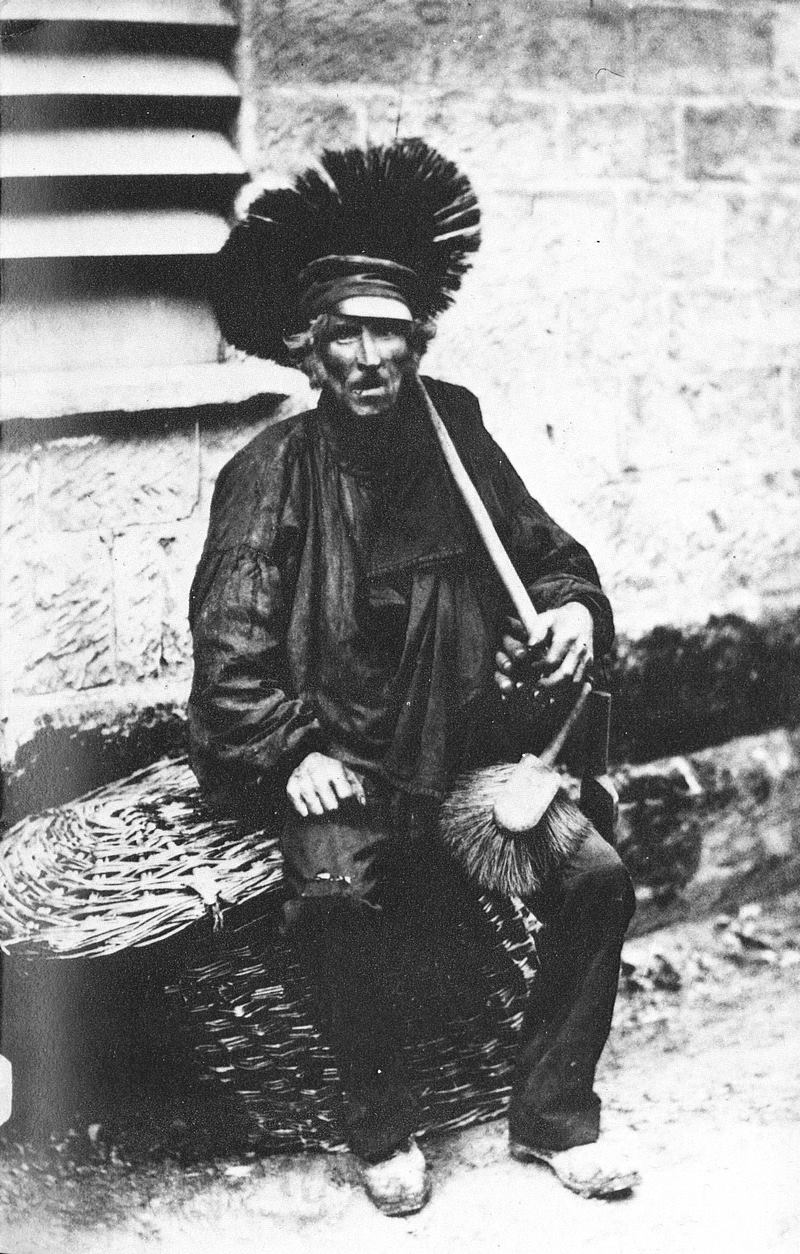
Wiki Commons
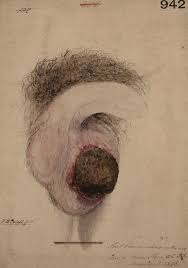
Watercolour drawing of a case of chimney sweep’s cancer, showing a large wart on the scrotum covered with a thick, dry, black scab. Patient was a 32 year old soot carrier. Drawn by Horace Benge Dobell, physician, whilst a student at St Bartholomew’s Hospital Medical School. Medical Photographic Library Keywords: Dobell, Horace Benge
Wellcome Images
Wiki
John Hunter (1728-1793) was a Scottish anatomist and surgeon who was committed to the surgical role in the cure of cancer.
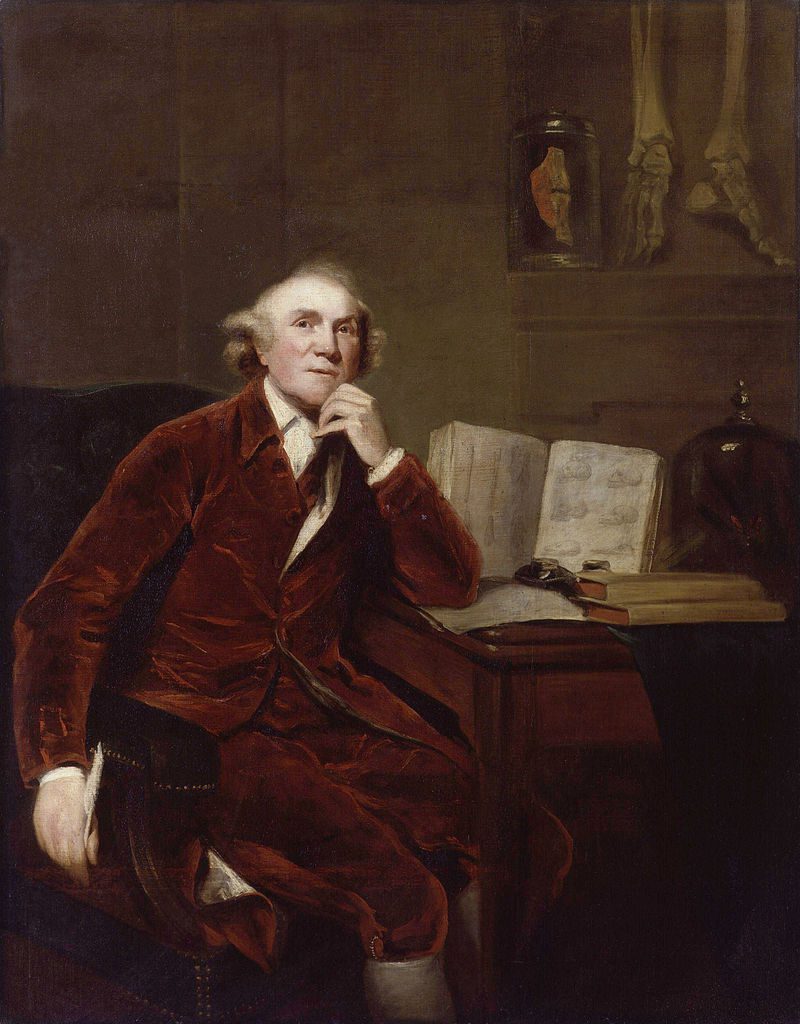
John Hunter. Painted by John Jackson in 1813, after an original by Sir Joshua Reynolds, who exhibited his painting at the Royal Academy in 1786.
Rudolf Virchow (1821-1902) a German pathologist was the first to study cancer in a scientific manner with the use of microscope. He believed that cancer was caused by chronic irritation.
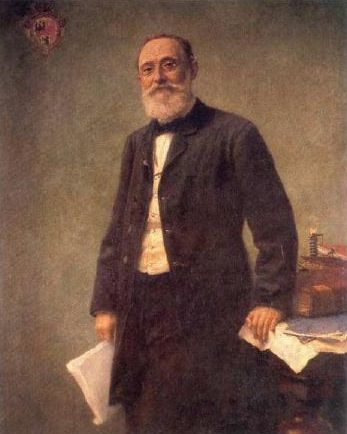
Wiki
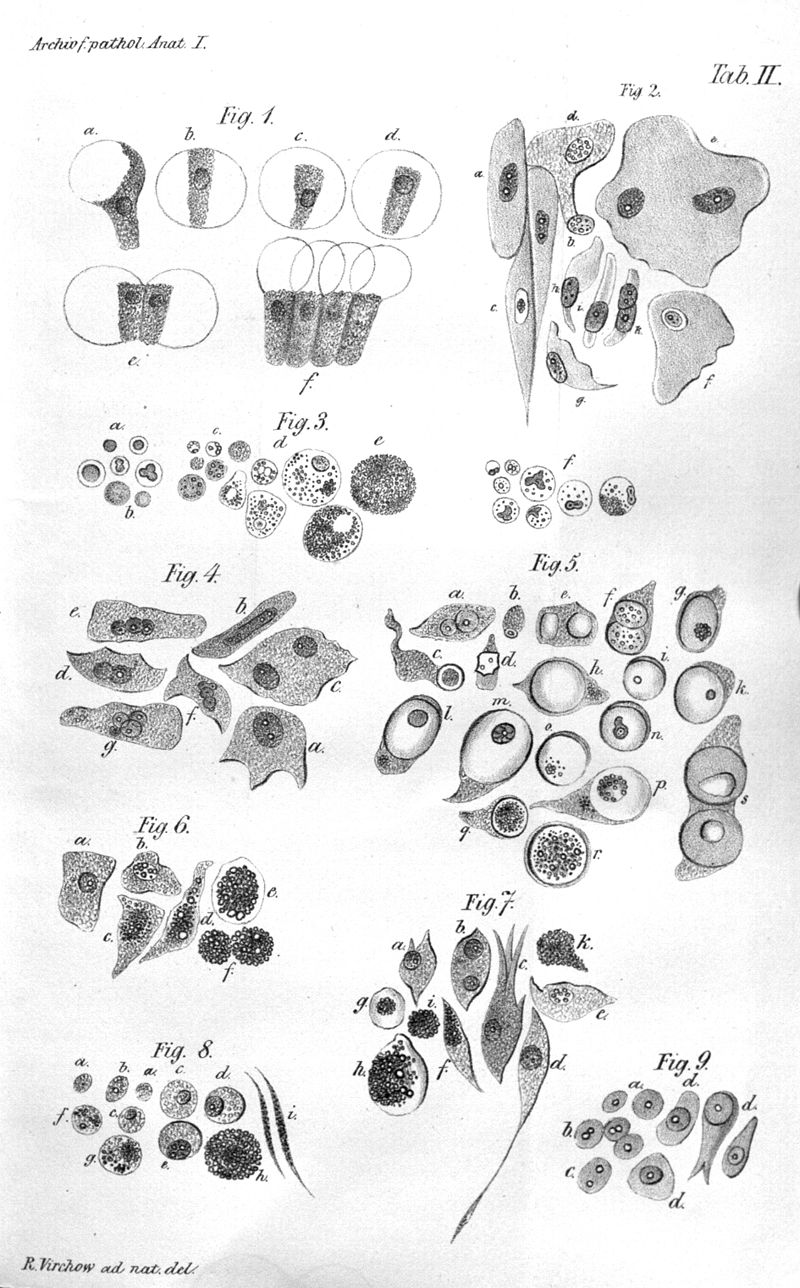
Omnis cellula e cellula (“All cells come from cells”)
Wiki
Stephen Paget, an English surgeon lived in the era of Virchow. His ?seed and soil theory? suggested that metastatic deposits would only migrate to, and grow in an area that was fertile to support growth.
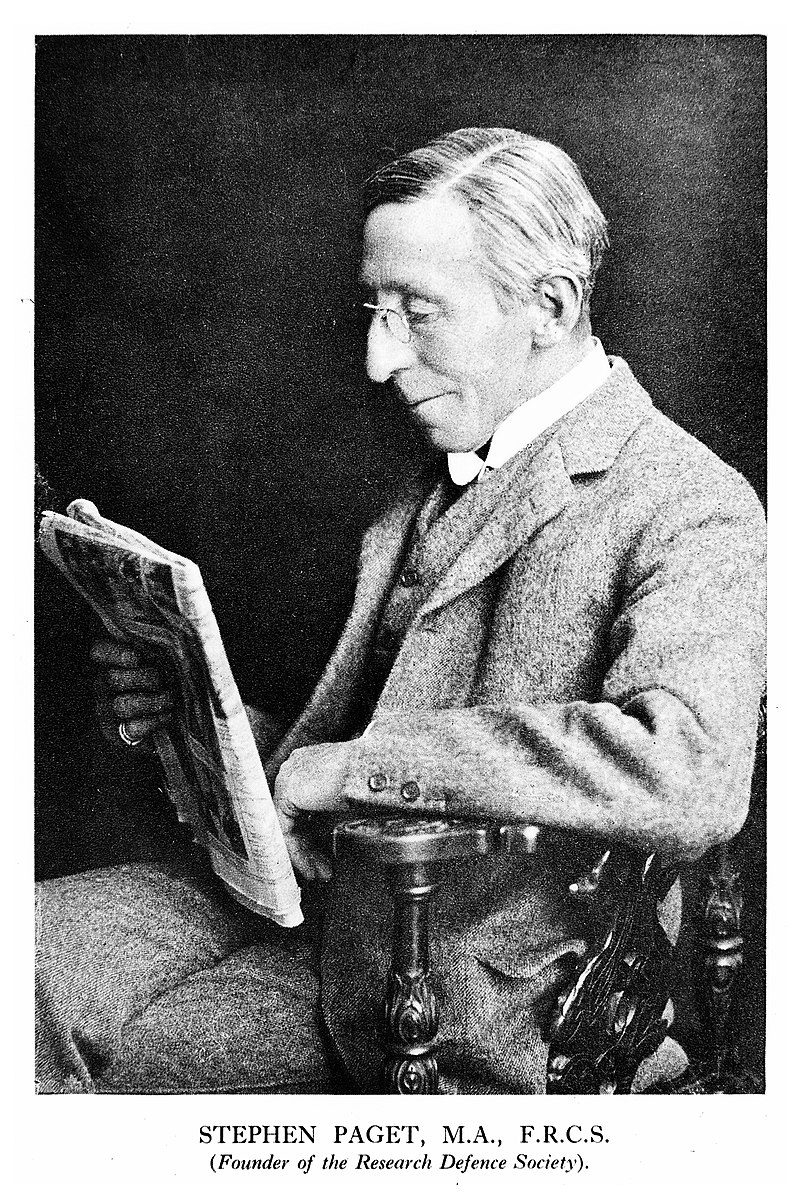
1896
After Willian Roentgen pioneered the X-ray use, radiation began to be used for cancer diagnosis and treatment.
Mustard gas used in World War II was noted to lower white blood cell counts. This led to research in the use of other drugs and substances for cancer treatment.
